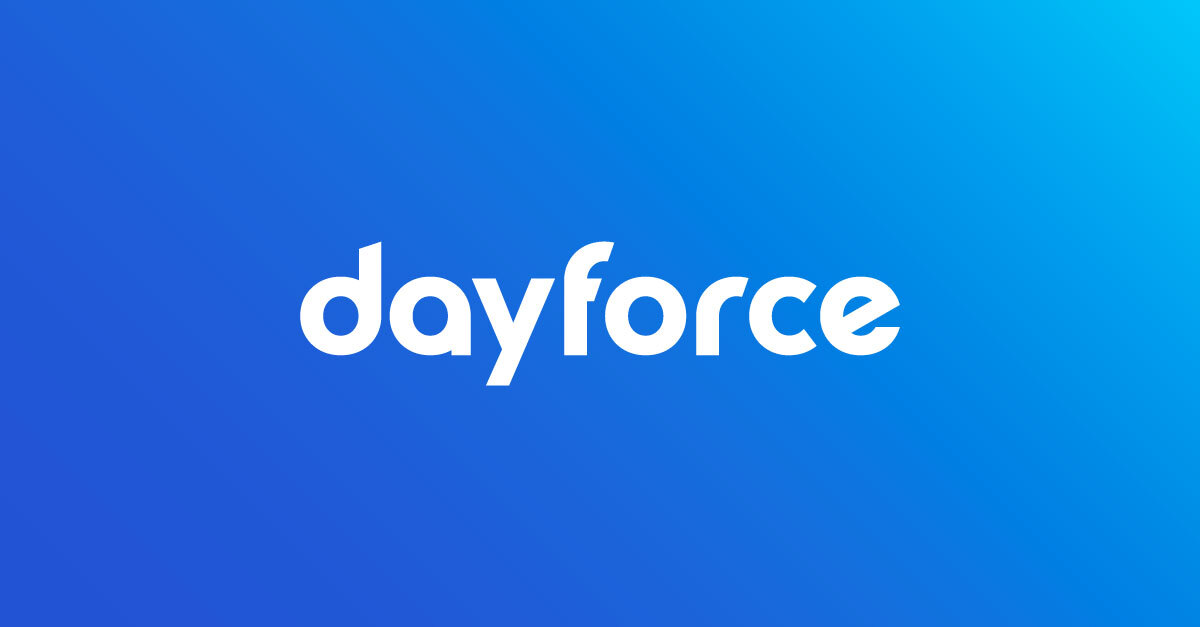What's inflation done to your talent strategy?
Inflation might have come down since its recent peak, but its impact will be felt by employers and employees for years to come. Here’s what companies can do to strike the right balance between employee expectations and budget realities.
.jpg?width=850&resizemode=force)
Table of Contents
Table of Contents
After years of eye-watering inflation, companies and their employees are both feeling the pinch. Cost challenges, rising employee expectations, and widening skill gaps are upending traditional compensation models (and many leaders’ peace of mind). But even as inflation rates ease, the pressure on hiring budgets remains high, pushing leaders to rethink how they attract, develop, and retain top talent.
Here's how these pressures are reshaping talent management strategies, and how organizations can thrive in this tough environment.
Why talent (like everything else) costs more than ever
In 2024, three quarters of HR executives mentioned inflation as a primary concern impacting their talent strategies. How did we get here? Even though inflation has cooled and employers enjoy more leverage than they did during the peak of the Great Resignation, the cost of living remains high, prompting employees to seek higher pay to cover expenses. But this upward pressure isn’t the only factor contributing to increased talent costs.The wave of retiring Baby Boomers is rapidly shrinking the workforce (and the pool of highly skilled labour along with it). As companies become more complex, many are finding that they need to reskill or upskill current employees to maintain productivity without constantly increasing headcount.
In this environment, HR leaders need a new approach to manage these economic headwinds without compromising on talent acquisition, compensation, or employee engagement. Here’s what that approach might look like.
1. Personalize: Embrace technology to create customized employee experiences
One powerful way to meet these demands is through personalization at scale, creating tailored employee experiences while staying within budget. Best-in-class HCM technology makes this easier than ever — supporting personalized career paths, transparent performance reviews, and clear compensation practices.
Personalized talent management can boost loyalty by helping employees see their future within the company. By providing clear, customized career paths, you can make a powerful difference in how employees view their long-term role and the contributions they can make. Targeted development plans demonstrate your commitment to their growth. Upskilling existing employees not only enhances their skills, but also shows them you value their potential. In fact, our 15th Annual Pulse of Talent study found that employees who loved their company culture most were 3.3x more likely to have personalized learning opportunities than those who loved their culture least. This factor went up to an incredible 4.3x more likely for those who said their employer offered AI-powered career recommendations.
2. Automate: Invest in automation and AI to increase efficiency
The crowded job market has driven many HR departments to embrace automation and AI tools for better efficiency and quality. With AI, you can achieve two key goals: streamline repetitive tasks and empower employees to concentrate on high-impact work. AI-enhanced tools can supercharge your recruitment process, handling everything from surfacing candidates to booking initial interviews. This can dramatically cut down the time it takes to fill open positions. With many HR executives naming efficiency as a top priority, it’s clear that time-saving tech like generative AI is a game changer.
Automation is also helping many HR departments adjust and improve their recruitment strategies. For example, by automating the review of applications or even initial screening processes, companies can recruit more efficiently, reducing hiring costs and increasing the quality of hires. This kind of innovation ensures HR teams can meet recruitment needs without inflating budgets.
3. Benchmark: Optimize compensation with data-driven insights
Navigating compensation in a high-inflation landscape is no small feat, but data can be your ally. Many organizations use salary benchmarking tools to ensure their pay is both competitive and aligned with market reality. And with 87% of U.S. workers prioritizing fair pay, this approach is more critical than ever. With access to insights on job skill trends and historical hiring practices, HR leaders can also make informed decisions that enhance ROI.
A strong compensation strategy also encompasses more than just base salary. It should include benefits, performance bonuses, and training opportunities that provide value beyond monetary compensation. Considering that replacing an employee can cost anywhere from 50 to 200% of their annual salary, it's essential for companies to find innovative ways to remain competitive without relying solely on salary increases.
4. Upskill: Train workers to strengthen your internal talent pool
While hiring for new skills is many companies’ go-to strategy, reskilling and upskilling current employees can be more cost-effective in the long run. Programs that enhance an employee’s competencies not only prepare them for more responsibilities, but also boost their engagement and loyalty. With global talent shortages projected to cost $8.5 trillion in unrealized revenue by 2030, investing in internal talent development is key for companies aiming to stay competitive long-term.
Building skills internally also reduces a company’s dependency on external hires. This can be particularly valuable in roles where competition is fierce. Finally, training and reskilling initiatives should be designed for scalability and focused on the skills most critical to the company’s growth.
5. Empower: Improve transparency and engagement across the employee lifecycle
Transparency and employee empowerment within an organization’s talent management strategy can play a vital role in retention. When employees understand how their unique contributions affect their compensation and future opportunities, they’re more likely to feel valued and stay with the company. But delivering transparency at scale remains challenging for many organizations. This is where leveraging HR analytics and data visualization tools can be transformative, allowing HR teams to provide employees with personalized insights into their performance and career progression.
Implementing tools that allow employees to track their own progress — both in terms of performance and compensation — not only instills empowerment – it can also significantly improve engagement, motivation, and productivity.
Moving forward: Building a talent strategy for a new era
The talent landscape in these lean days might be challenging, but it’s full of opportunities for HR leaders who are ready to innovate. By focusing on the right tools and strategies — like data-driven compensation, targeted upskilling, task automation, and personalized experiences — organizations can build resilient, cost-effective talent management strategies that drive competitive advantage. A balanced approach, grounded in data and personalized employee experiences, will help create high-performing teams and a great deal more. For many HR teams, it’s the best path forward in this brave new world of work.
You may also like:
Ready to get started?

